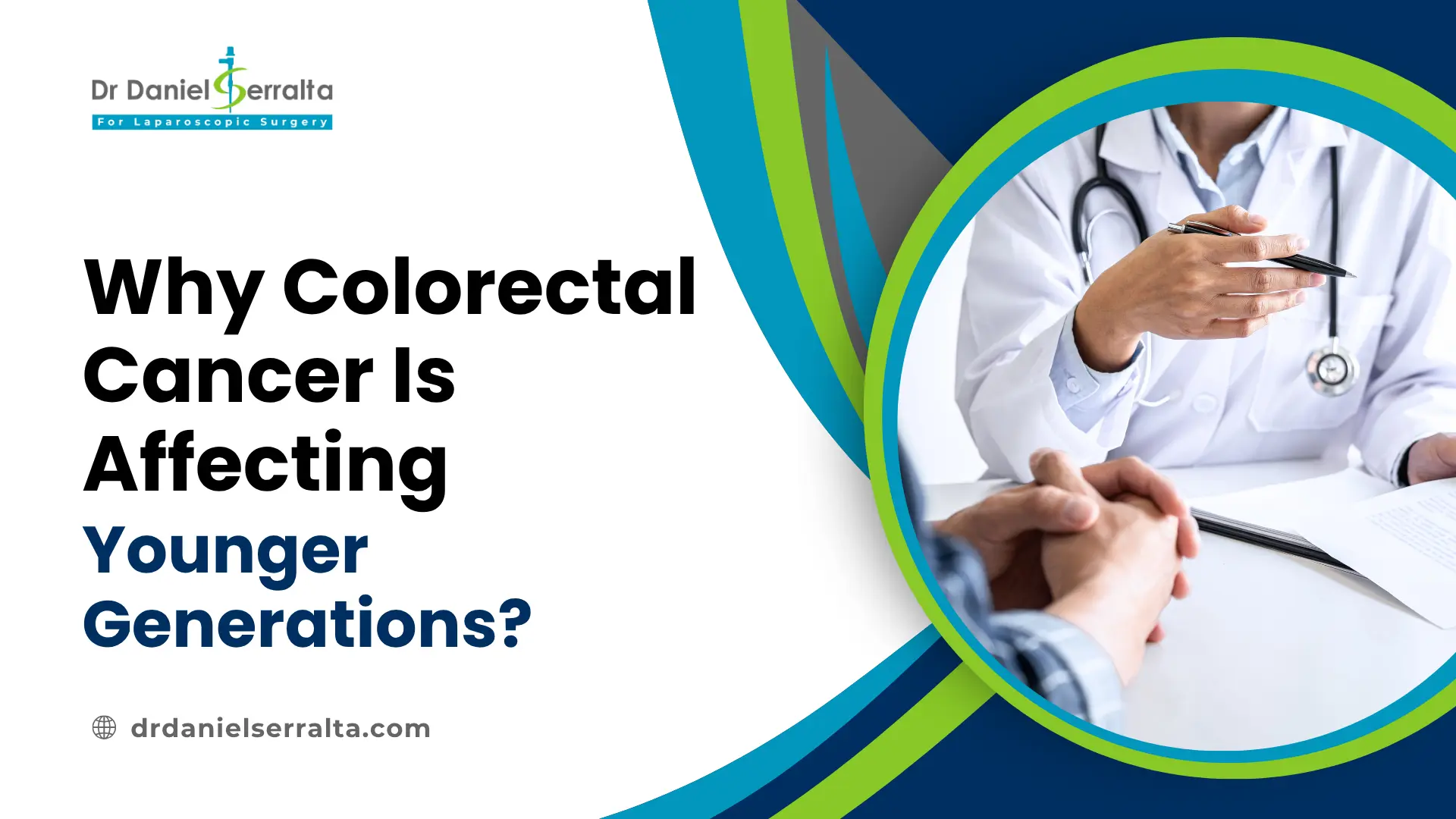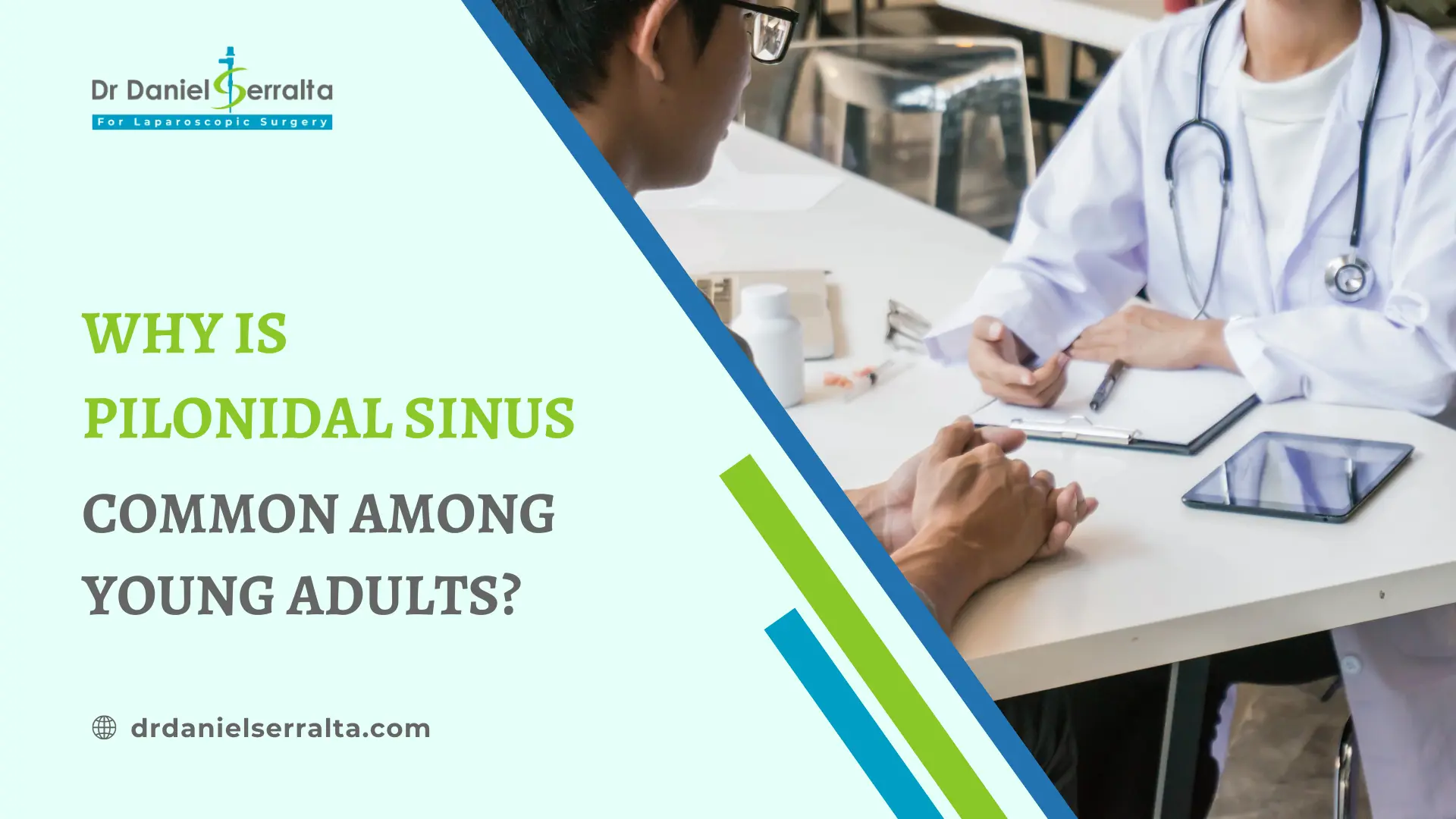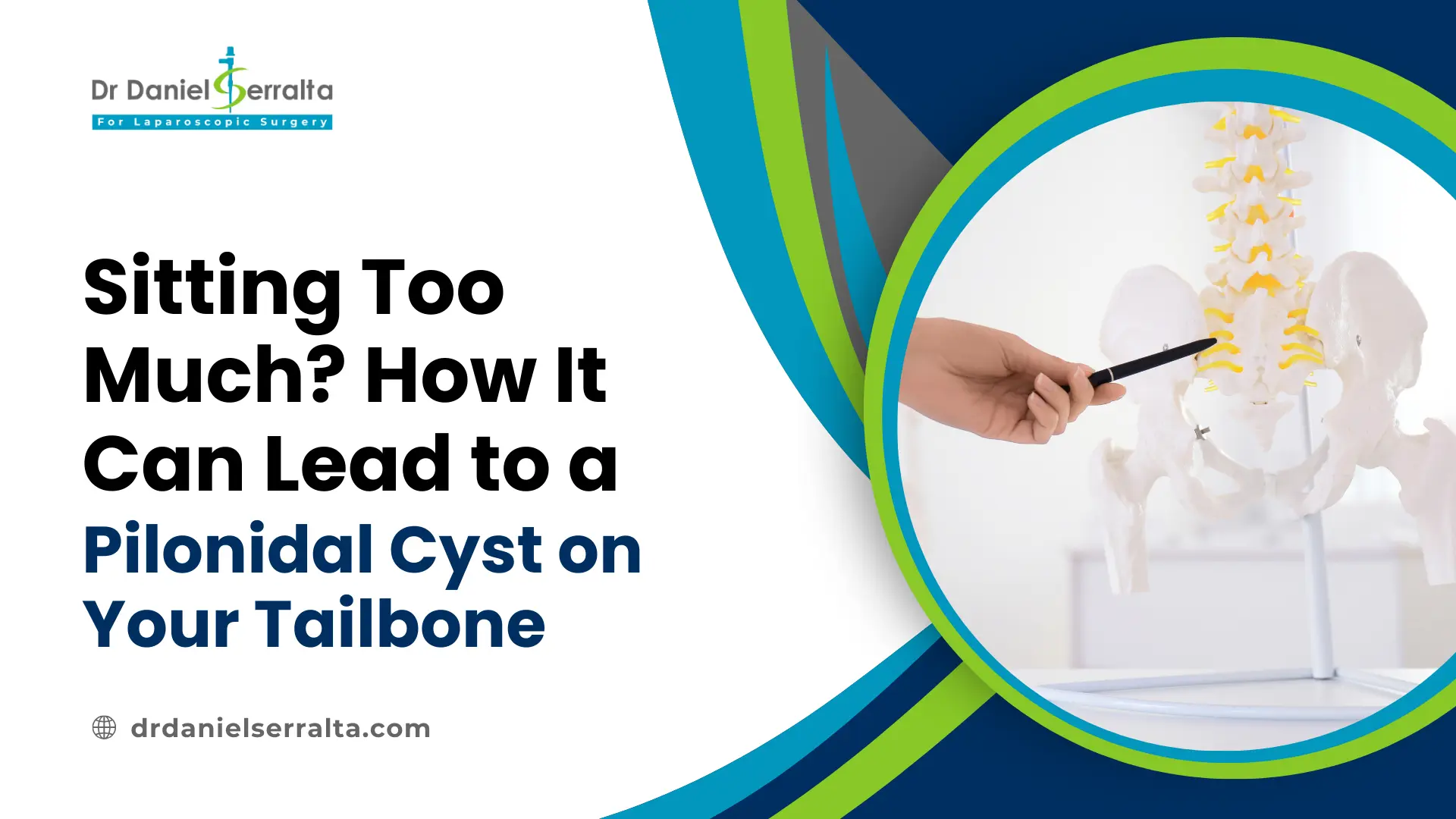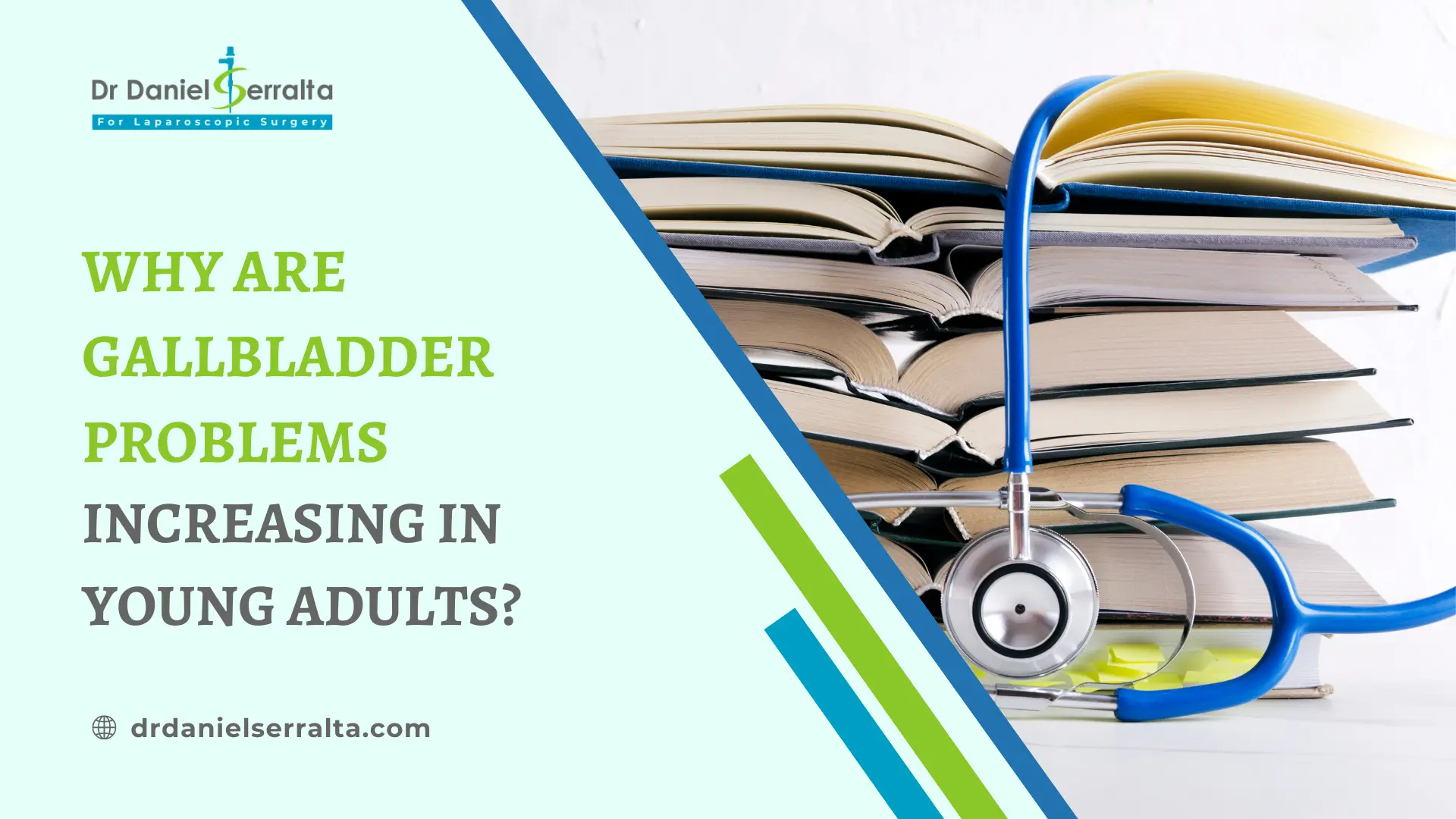Anal fistula: Treat It Right, Keep It Gone
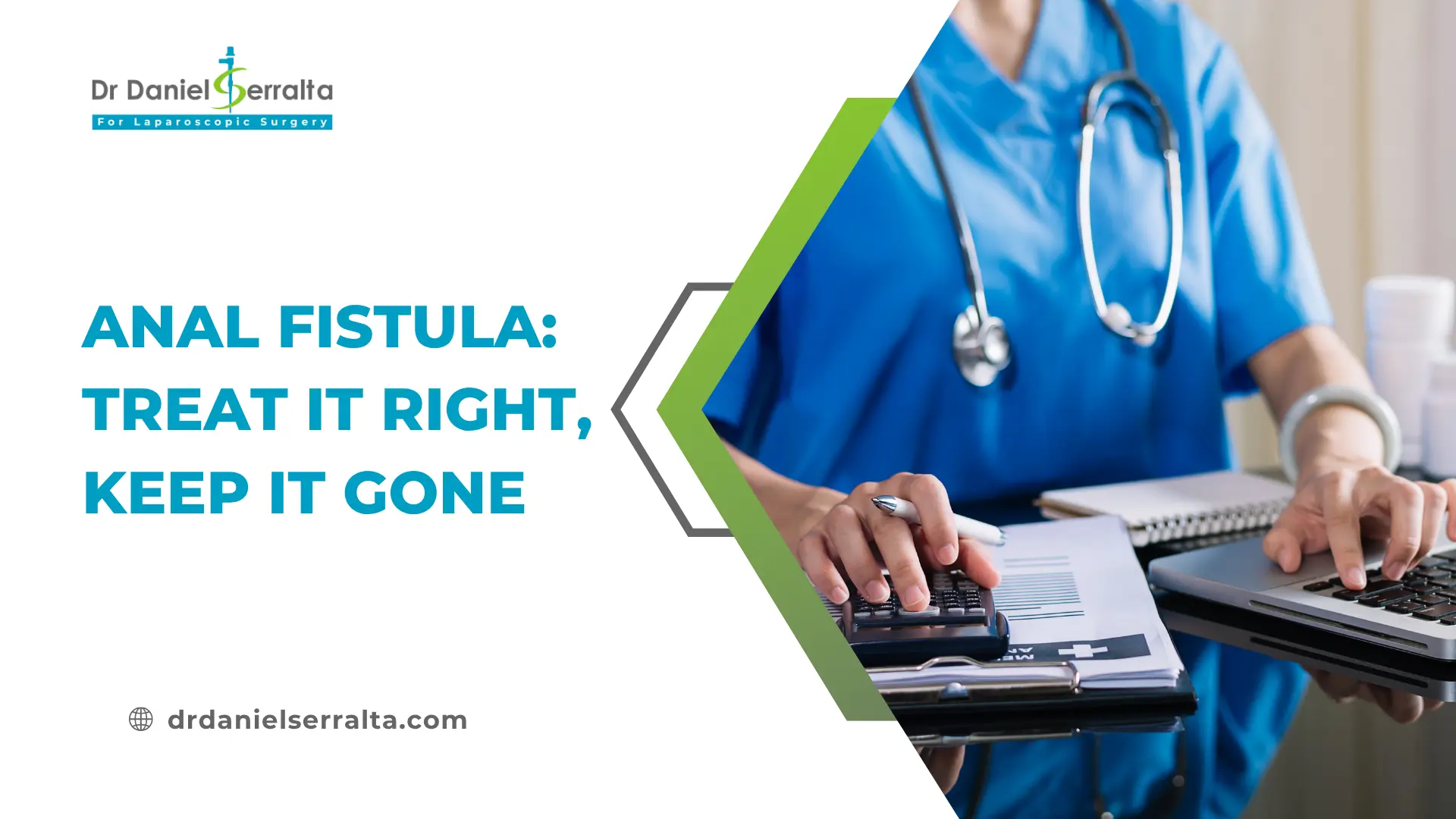
I understand the discomfort and distress that can accompany an anal fistula when patients present to my office. It’s not just about treatment; anal fistula treatment is long-term relief of the medical condition and prevention of possible future complications. From my years of medical practice, I have seen the great recovery and life change that timely diagnosis and an appropriate surgical technique can offer.
In this blog, I will describe what you need to know regarding anal fistula treatment, how surgery works, what recovery will entail, and some practical suggestions.
Understanding Anal Fistula and Why Treatment Matters
An anal fistula is a tiny channel that develops between the anal canal and the skin near the anus (perianal skin) due to infection or abscess. Many individuals experience pain, swelling or even discharge and ignore the symptoms until they become too intense to bear. The longer you wait to get anal fistula surgery will only make your condition worse.
In my case, my highest priority is early intervention. With an accurate diagnosis and anal fistula treatment in Dubai, you will avoid excruciating discomfort and recurrent risk of infection.
My Approach to Anal Fistula Treatment
All patients need a specific solution. I start with a detailed consultation, physical exam, and advanced imaging studies (mainly Magnetic Resonance Image of the pelvis) so that I can analyze the path of the fistula. I will then be able to recommend the best treatment plan.
You will look to be classified into one of the following types of anal fistula:
- Simple fistula: this cases usually benefit from a fistulotomy technique, which most likely will heal the fistula forever. It consists in cutting the tunnel completely, including a small part of the anal sphincters, and left the wound opened to heal naturally.
- Complex fistula (or a simple fistula in a patient with not healthy sphincters): in these cases, we cant cut the sphincters and we do what is called a “two step procedure”:
- First step: Seton Placement. This is a surgical thread placed so that it can drain in the body while gradually changing the kind of cells that are recovering the inner layer of the tunnel.
- Second step: Sphincter Saving Procedures. There are several techniques for this step, all have in common that the sphincters are not cutted. Some examples are:
- LIFT Procedure: Ligation of the intersphincteric fistula tract is a relatively newer procedure
- Advanced Flap Procedures: where the internal opening of the tunnel is covered by a mobilization of the surrounding mucosa of the anal canal
- FILAC: laser treatment of the fistula tract. In this case the fistula tract is destroyed from inside with a laser fiber.
- Others: VAAFT, autologue fibrine, etc
The procedure will be based upon the location and complexity of the fistula and your overall health.
Fistula Surgery Recovery: What My Patients Can Expect
One of the most frequent inquiries I get is, “How long does it take to heal?”. I will not lie to you, complex fistulas are called complex for some reason. If your are undergoing a two-step procedure, the chances of recurrency are high and whoever tells you the opposite, is not being honest. Recovery from a fistulotomy is usually smooth, even though you have an open wound in the anal area, patients barely complain from pain or even need painkillers after 4-5 days. Patients typically return to their regular activities within 1–2 weeks, though it usually takes a little longer to heal completely. Recovery from other techniques depends largely in the technique itself and how your body responds to surgery, but an approximate idea can be given in an individualised manner during preoperatory consultation. For a few months after surgery, I give patients explicit post-operative care instructions, which include the following:
- Proper wound care and hygiene
- Sitz baths for comfort
Pain management - A high-fiber diet to prevent constipation
- Follow-up appointments to monitor healing
Tips for Anal Health: My Recommendations
Most part of fistulas can’t be avoided, but changes in lifestyle may improve your overall “anal health”. Based on my experience, here are a few Anal prevention tips:
Good Anus Hygiene: Maintaining cleanliness also decreases the risk of infections.
Stay Hydrated: Drinking enough fluids prevents constipation, and straining during bowel movements is one of the catalysts for fistula.
Eat a High-fiber Diet: Foods like whole grains, fruits, and vegetables are more effective in promoting healthy bowel function.
Seek Medical Care Early: If you have abscesses or have lots of unusual discharge of clear, thick bloody material, it is best to consult a physician without delay.
Treat Underlying Conditions: Some conditions, like Crohn’s disease, can stimulate the formation of fistula. Therefore, follow-up care is needed.
These key elements can have a significant impact on the evolution after Anal fistula treatment.
Why Choose Us for Anal Fistula Treatment in Dubai
I understand that having surgery to address an anal fistula may be a daunting prospect. As a result, I reassure patients with open communication, comfort, and individualization in care. I have the latest surgical technology for Anal Fistula Surgery in Dubai, which means that your care will be safe and effective.
What is different about my approach is that I focus on healing a patient holistically; through the surgery, the course of your recovery, and then continuing support. Patients have expressed to me how relieved they felt after finally addressing a problem they may have kept to themselves for months, even years.
Get the Right Anal Fistula Treatment Today
Having a fistula is agonizing, but you don’t have to suffer alone. With the appropriate treatment, anal fistula treatment in Dubai can address your issues and promote a better quality of life for you.
Come and see me today for advanced anal fistula treatment in Dubai, and take the next step toward restoration.
Conclusion
Anal fistulas are more prevalent than most realize, and the longer they are not treated, the worse they will get. On a positive note, most cases are simple fistulas that with prompt and effective anal fistula treatment and surgery and proper recovery aftercare, patients can return to their normal, healthy lives. I always talk to my patients about the importance of getting treatment early and following strict aftercare and prevention tips after surgery, to prevent them from having a recurrence.
Commonly Asked Questions
1. How do I know if I need anal fistula treatment?
It is best to see a physician if you have ongoing pain, swelling, pus drainage, or have had recurrent abscesses in the area of your anus. These are the most common symptoms of an anal fistula.
2. How long does it take to recover from anal fistula surgery?
Most patients recover enough to return to regularly scheduled activities in 1–2 weeks, though it may take a few months to fully heal depending on the complexity of the anal fistula surgery.
3. Can anal fistulas heal on their own?
Unfortunately, anal fistulas do not even rarely heal on their own, and will likely require anal fistula surgery for a permanent cure to the anal fistula.
4. Is anal fistula surgery painful?
With current anesthesia and pain management techniques, the procedure itself is not painful. More mild discomfort could be present as the recovery from the fistula surgery progresses, but this can be easily managed.
5. How much is anal fistula treatment in Dubai?
Costs can vary based on the type of procedure that is determined necessary. At your consultation, I will discuss a thorough, clear treatment plan and pricing for treatment options.
6. Why is anal fistula surgery in Dubai with you my best choice?
I provide advanced surgical techniques, personalized treatment protocols, and a disposition of compassion and healing, to safely ensure a successful recovery and long-term outcome.

